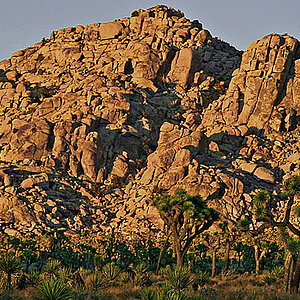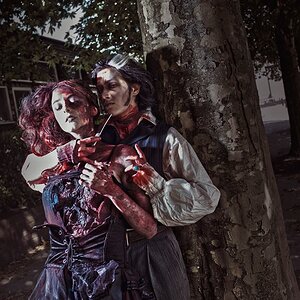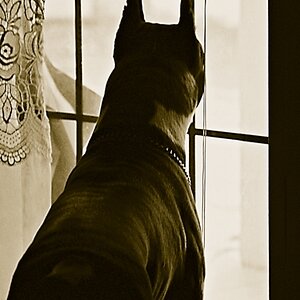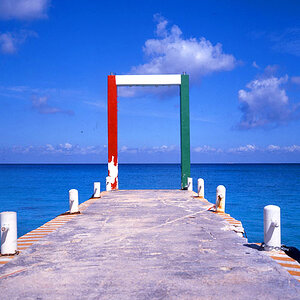Ihaveaquestion
TPF Noob!
So I was checking out the Nikon D200 and the Canon 5D.
And other than the 2 mega pixel count theres the "Full Frame" issue?

http://www.dpreview.com/reviews/canoneos5d/page12.asp
I dont want to spark the Nikon Canon thing.
I just want to know about the full frame advantage and its main use.
What would I need a full frame camera for?
And other than the 2 mega pixel count theres the "Full Frame" issue?

http://www.dpreview.com/reviews/canoneos5d/page12.asp
I dont want to spark the Nikon Canon thing.
I just want to know about the full frame advantage and its main use.
What would I need a full frame camera for?













